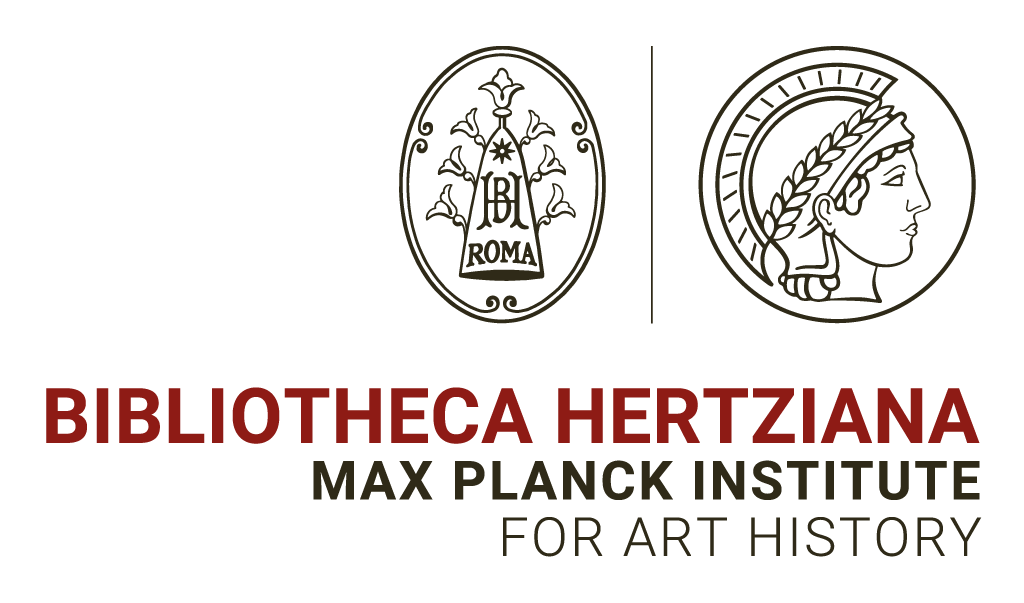Vigevano ‘77, 1977
A. Pyramid: wood, iron, cardboard, and paint, 29,5x38x33,3 cm
B. Wedge: wood and paint, 34x106x46,5 cm
C. Gate: wood, cardboard, paint, 46,5×60,5×37 cm
Mauro Staccioli Archive Museum, Volterra
Mauro Staccioli’s personal exhibition at Vigevano Castle took place after the invitation sent by a citizens’ committee to reappropriate the castle, which was then abandoned and showed deep signs of decay. The title chosen by the artist is explanatory: reading an environment. The four works created by the sculptor intend to mark the rooms of the ancient power structure and also to highlight other past uses, from aristocratic spaces to a military use to workers’ work. Sculpture becomes a means to reflect, understand and, as a result, better manage society by taking on a political role.
The sculptures, which transcend the limits of space, weight and size, demonstrate the maturing of an idea of sculpture, a work in a deep dialogue and totally immersed in its environmental context: a pyramid perfectly inscribed in an underground chamber orients its vertex towards the brick keystone; a monolithic portal with a crack in the center is juxtaposed in an ancient entrance; four ‘teeth’ emerge from a now-drained moat to remind us of its function as an obstacle; an enormous iron and concrete structure wedges into the entrance of the ancient stables, obstructing the passage.


© Enrico Fontolan, Bibliotheca Hertziana – Max Planck Insitute, Roma. Courtesy Archivio Mauro Staccioli.
© Ela Bialkowska Okno Studio. Courtesy Archivio Mauro Staccioli.
L’Archivio Mauro Staccioli ha collaborato con la Bibliotheca Hertziana – Max Planck Institute di Roma per la digitalizzazione dell’intero corpus documentario afferente ai lavori realizzati o ipotizzati dall’artista, dall’inizio della carriera fino al 1988. Si ringrazia il fotografo Enrico Fontolan, il Digital Humanities Lab e il Fondo Fotografico della Bibliotheca Hertziana per l’enorme lavoro svolto. Tutto il materiale è consultabile online cliccando qui.



































